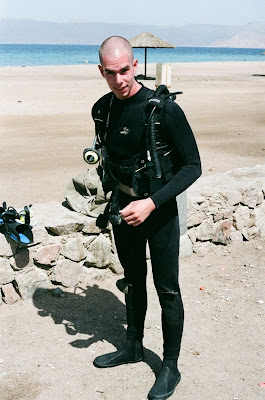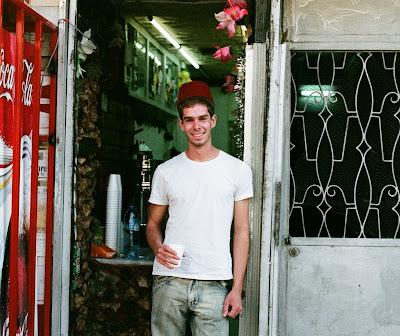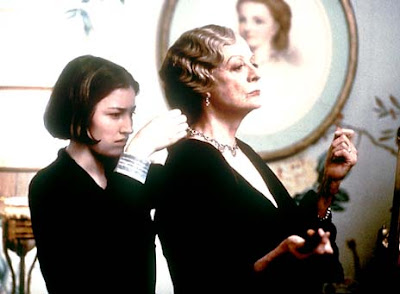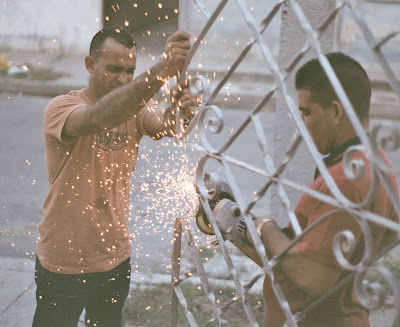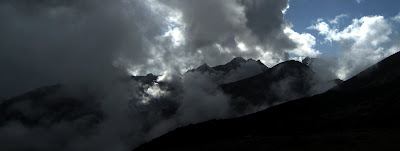I was holding onto my seat white-knuckled as we drove from New Delhi airport, dodging the cows wandering along the road, weaving around the huge trucks sharing space with cars, scooters, auto-rickshaws, bicycles, and people just walking alongside the traffic. This is the vivid memory I have of arriving in India for the first time 3 and a half years ago. I remember the sign hand-painted on the back of every truck:
Horn Please. "Horn please?" I thought, as the sound of beeping came at me from all sides. "Surely they're not asking people to make more noise."
And I recall realising, upon seeing all types of vehicles heading up roads the wrong way, that in India there are no rules, only guidelines. This idea was reinforced every time
Naveen, the driver-turned-friend from my father's work, entertained my mother and me by saying, "In India, anything is possible!" before doing a U-turn into oncoming heavy traffic, or taking a shortcut down an impossibly narrow street packed with people, animals, and cycle-rickshaws.
I also remember talking to people who had visited India in the '80s, commenting to them that it must have been such a different place back then. I was initially surprised when I heard the response, "No, not really." But as I got to know the excruciating beaurocracy underpinning so many facets of the country, I began to understand.
Our driver Sukhdev, for example, is involved in a lawsuit against a previous employer who didn't pay him for his last 3 months of work. The lawsuit was first brought 18 years ago. 3 plaintiffs in the same suit have died in the interim. It is still ongoing. This is the pace of things here.
So you can imagine how fascinating it's been to notice differences on each return visit. India is starting to change. There is now a highway leading from New Delhi airport. Gone are the pedestrians and non-motorised vehicles. Gone is the traffic heading the wrong way. It's smooth sailing, at least by Indian road standards.
Large areas of Delhi are now cow-free, the result of an effort that began a couple years ago to clear the streets of bovine roadblocks. The humorous scenario involved the government placing a bounty on each cow. Freelancing cow-shepherds then drove around spotting wandering groups of the animals, bundled them into the backs of trucks, drove across the river Yamuna and outside the city limits, and then dumped their loads. Sort of what I imagine the mafia do to witnesses after intimidating them.
Many of these steps are undoubtedly required to enable India to progress, but they do take away some of its charm. I left the flat one sunny day a few years ago and walked downstairs to the car to find an elephant there, tearing off tree branches for a morning snack. Although I may have hid it because this was my home and I wanted to act like a local, my excitement was no less than the first time an elephant ambled by the flat, owner in tow. Naveen was present on that first occasion, looking on as I scrambled to get my camera to capture the event.
"This is amazing!" I was thinking at the time. "An elephant! On the street! Walking by my house! An elephant!"
Just as amazing was watching Naveen when my mother commented to him that where we come from, elephants don't wander the streets.
"Really, ma'am?" he said with a look of wonder. "Don't you have elephants in your country?"
Who knows what changes are in store for India? The idea of elephants on the streets of Delhi may seem just as hilarious to Naveen's grandchildren as the idea of elephants strolling around DC seems to me.
